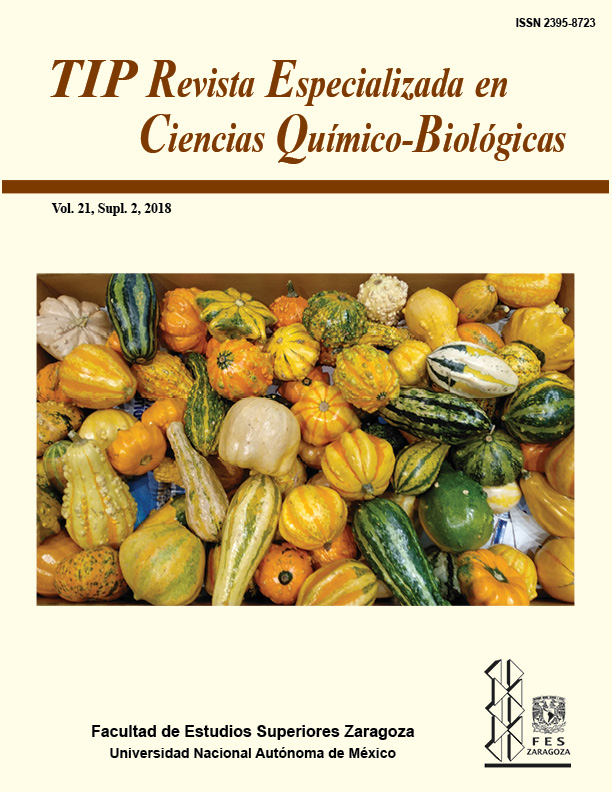Abstract
The objective was to determine the relation between plant guild structure of four successional phases in a xeric shrub, dominated respectively by Buchloë dactyloides, Mimosa depauperata, M. biuncifera and Prosopis laevigata, during ecosystem maturation, with respect to new stratifications with dominant plants of bigger height that in the previous phase, and the community structure of arbuscular mycorrhizal fungi (AMF) in each successional phase. For this, it was determinated the morpho-species and percentage of mycorrhizal colonization of AMF associated with established grass individuals, in the four plant guilds. Also, it was characterized the plant community of the four successional phases in a semiarid rangeland at the Mezquital Valley, Hidalgo State, in Central Mexico. In the same way, it was calculated the Importance Value Index for the species of each plant guild and the Shannon-Wiener diversity index for the plant community and for the AMF morpho-species for each successional phase. For the mycorrhizal root colonization, the plant guild dominated byM. depauperata had the highest percentage (88%) and B. dactyloides had the lowest colonization (67%). Also, it was made a comparison of the relative abundance distribution (RAD) curves between the species of plant guilds and the AMF morpho-species and in the four successional phases it was found a fitting of the RAD curves, statistically significant with square chi tests. This shows a correspondence between community structures of phytobionts and mycobionts, where the nurse plants have a determinant role in plant guild organization. It was concluded that there is a narrow relation between the AMF community and the plant guild species, since both communities have the same specific dominance pattern for each successional phase, in the xeric shrub analyzed. There were no significant differences in the root mycorrhizal colonization percentages during ecosystem maturation, indicating that there is an AMF community from the early phase; this shows a central role of the nurse plants and their hyphal network in the ecological succession process in semiarid environments.
TIP Magazine Specialized in Chemical-Biological Sciences, distributed under Creative Commons License: Attribution + Noncommercial + NoDerivatives 4.0 International.



